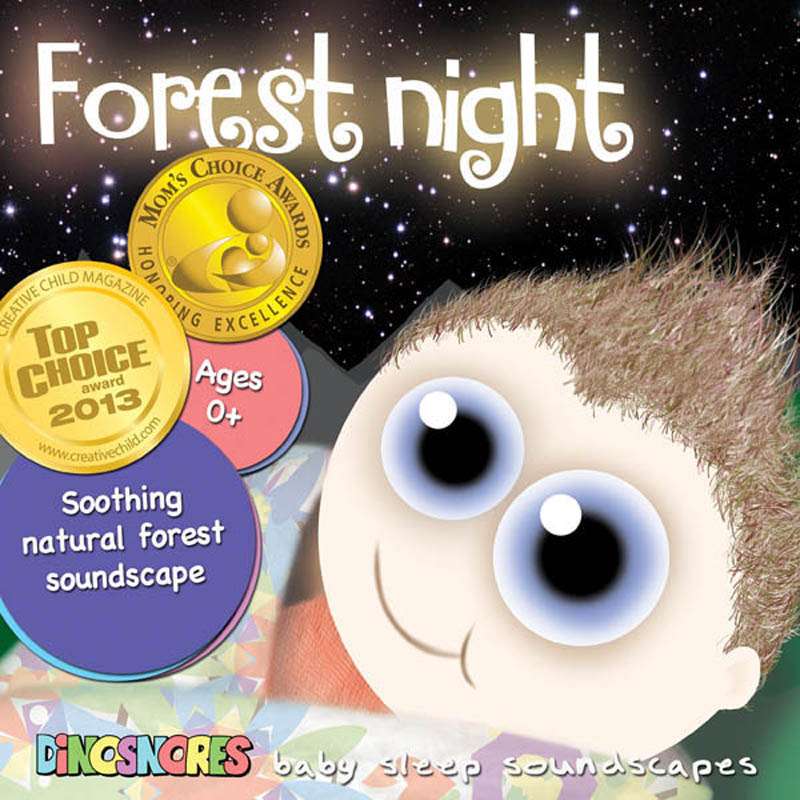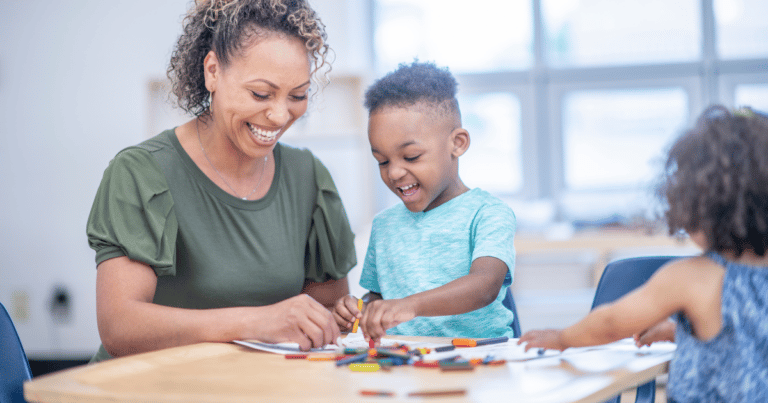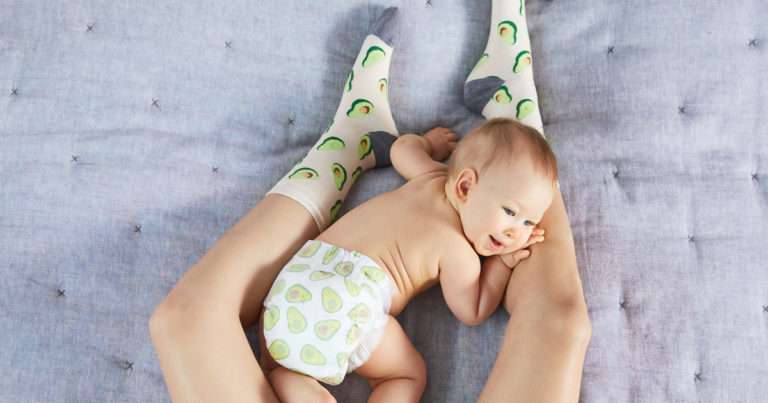
As a Baby Sleep Specialist, I get asked ‘Why won’t my child sleep in their bed?’ on a very regular basis.
So if you are asking this question, rest assured you are not alone. I will talk you through the why’s and how’s to get your child to stop sleeping in your bed.
There are many reasons why our children like to sleep in our beds, but I would like to break down the reasons that I can see through my Baby Sleep Specialist lenses.
HOW TO GET YOUR CHILD TO STOP SLEEPING IN YOUR BED
When my business partner and I went into this line of work, it was essential that we didn’t entertain methods that left babies to cry in their sleep space from the start. We wanted our babies to feel confident with how they felt about going to sleep and feel safe in their sleep space.
We also looked very closely at ‘how’ babies and children felt when they initially fell asleep. What did they think, and what sensations did they experience when falling asleep? This became a pivotal part of our work. If you are wondering why this step is so important, how a child falls to sleep directly impacts whether they fall back asleep during the night. All of this is relevant to getting a child to stop sleeping in your bed.
THE STORY OF LAURA AND LIAM
Let’s look at single mum, Laura, and her baby, Liam. Liam is 14 months old and ends up in Laura’s bed every night. Laura has returned to work and is exhausted and overwhelmed. If Liam slept soundly in her bed at night, she would settle into a co-sleeping arrangement, but Liam is restless in her bed, demands milk all through the night, and they are both awake a lot. She doesn’t sleep well when Liam is in bed with her as he is very mobile, and she is concerned that he will fall off the bed and hurt himself.
In the evening, Laura has a predictable routine of getting him ready for bed at a similar time, which is excellent. They lay together on Laura’s bed and read a few books while Liam drinks from his milk bottle. After the books and milk are finished, they cuddle together until Liam falls asleep, then she transfers Liam to his cot.
Liam usually sleeps until around 11pm or midnight, then wakes very loudly crying and, despite all of Laura’s efforts, will only settle back to sleep in her bed with a milk bottle. This goes on every 1-2 hours until morning. Even if Laura has Liam in bed with her for the rest of the night, he still wakes to look for milk and a cuddle every few hours.
Let’s look at this through Liam’s eyes. He knows each evening how things roll. He gets on his mum’s bed and enjoys listening to her beautiful voice reading him a story while he sucks away on his milk. After a big day, he gets drowsy with the milk, cuddles into mum, and falls asleep. This is his last memory before falling asleep. What does Liam experience?
- Being on Mum’s bed – location, smell, how her bed feels
- Drinking milk – sucking, feeling of fullness in his belly
- Having a cuddle, the warmth of Laura next to him, how she smells, the firmness of her arms around him and her warm breath on his hair as he snuggles in.
These are the things that Liam associates with going to sleep.
Liam then sleeps quite soundly in that first half of the night. This is deep sleep and around midnight, his brain stirs a little and he is more wakeful in the second part of the night as he rehearses all of the amazing things that he is learning to do such as walking, language, kicking etc.
He stirs from his sleep cycles each hour, which is really normal. Adults stir each ninety minutes overnight. But when Liam stirs from his sleep cycle at midnight, he feels different. What does he feel now?
- He is asleep somewhere different to where he fell to sleep. It smells and feels different, and he doesn’t understand it.
- There is no sucking or full tum from milk
- No warm arms cuddling him
- And now he is standing upright, not understanding the feelings he has and calls for Laura to do something about it.
In his head, Liam wishes to replicate the feelings he understands around sleep. That is, to be back in Laura’s bed with a bottle and a cuddle. Laura tries to resettle him in the cot, but he has none. He doesn’t understand why Laura is not ‘fixing’ his problem, so he gets even louder. He knows this usually works!
So, Laura brings Liam into bed with her and offers a bottle. Liam sometimes only takes around 20mls, so he can’t be hungry. She is right, this is a replication of the ‘feelings’ Liam expects to feel to go back to sleep. He quickly settles back to sleep for an hour or two, then it all starts again. Even though Liam has remained in Laura’s bed, he still stirs from his sleep, has no bottle, and can’t feel Laura, so he fully wakens looking around to replicate these feelings.
So how can Laura improve things?
HOW TO ENCOURAGE A CHILD TO STOP SLEEPING IN YOUR BED
After speaking with Laura on the phone, we knew things had to change. She is nervous about change as she is on her own, exhausted and back at work. Liam also has a strong personality and challenges change.
We decided to make small changes that she could be consistent with rather than overwhelm both Laura and Liam by doing everything at once.
Laura’s first step is to remove the bottle from the settling process. She offers Liam his bottle (if she were breastfeeding, the same would apply) in the living area. He looks a little confused but with confidence, Laura sits with Liam, and he drinks his milk. They have a quiet time in the living area, singing songs and cleaning his teeth. This creates a little space between the milk and going to bed which is very important.

Stockist: Lime Tree Kids
As usual, they move through the bedroom to read bedtime stories on Laura’s bed. Liam is a little more restless without his bottle to suck on, but Laura calmly continues and knows this will take a little longer than usual. Liam falls asleep with cuddles on Laura’s bed but WITHOUT the milk. She transfers him to this cot.
After a few days, she noticed that he was waking slightly less at night, and on occasion, she could get him back to sleep with just a cuddle. Other times he still demands a bottle. She has gone from 4-5 bottles per night to 1-2. His appetite improves during the day, and he is slightly less grumpy at times. Because the bottle is gone from the settling routine, Liam no longer expects it as much in the middle of the night.
Laura now tackles where Liam falls asleep. The milk stays out in the living room with a gap before entering their room. They do a lovely quiet time of some stories and cuddles on the bed, but instead of letting him fall asleep there, Laura moves Liam into his cot awake and stays with him to sing and hold his hand, pat his bottom, and comfort him while he falls to sleep.
It is a struggle some nights, but with calm confidence and patience, this becomes their new way of sleeping.
Laura notices that Liam is now only waking once or twice per night. Sometimes she can repeat the singing and the patting in the cot, and he goes back to sleep – this replicates how he went to sleep and is now much more effective than before. Other times she still has to bring him to bed for a cuddle, but he no longer demands milk. She can usually transfer Liam back into the cot. He is used to the feel of the cot and is happy to continue sleeping there. Laura can relax back to sleep, knowing he is safe beside her in the cot.
As Laura reduces how much patting she has to do to get Liam to sleep, she finds that he sleeps through most nights, with an occasional wake here and there, but this isn’t a problem. She misses some of the cuddles in the night!

Stockist: Yellow Octopus
HOW TO APPLY THIS TO YOUR OWN NIGHT TIME SITUATION
So, apply this to what you are experiencing with your own child. How do you encourage your child to stop sleeping in your bed?
Make a list of all the possible sensations your child experiences when they fall to sleep. Consider what they
- See
- Hear
- Smell
- Taste
- Touch
All of their senses are engaged when falling to sleep. Then make a list of what your child experiences when they wake up. Compare the two lists. If there is a difference between them, it will help you understand why your child is so wakeful and needs your help to go back to sleep. Then you can see what areas to focus on to help your child.
OTHER THINGS TO CONSIDER
- Timing of day naps – what time they occur and for how long. It might be too long or too late in the day for your child which contributes to difficulty settling, night waking and early morning wakes
- Warmth of the room. If the room is too warm, it can contribute to more night wakings
- Night lights – if the lighting is too bright this mimics dawn and confuses your baby as to when it is time to wake up for the day.
If your child is going to sleep in their own cot or bed regularly from wide awake, but coming into your room/bed overnight and you wish for that to stop, then consider:
- Staying in your child’s room so that they expect to stay in their own room all night
- Set up a bed next to yours so if they sneak in the night, they have a little bed just for them next to you. This can be less disrupting for both of you if you are happy with this arrangement. It can also be a good way of helping your toddler transition from falling asleep in your bed. Still close, you can still hold hands and offer touch to comfort and support while they adapt the new feelings of falling asleep slightly further away than usual. Then you can progress to their own room if you wish to.
- If your child is old enough to understand your conversations, don’t forget to tell them what your expectations are. ‘Goodnight, I will see you in he morning’.
Star or reward charts don’t work for every child and often are short lived. They are not necessarily the answer when getting your child to stop sleeping in your bed. Focus your energy on understanding how your child feels falling to sleep as a starting place for improvement.
Sweet dreams!













